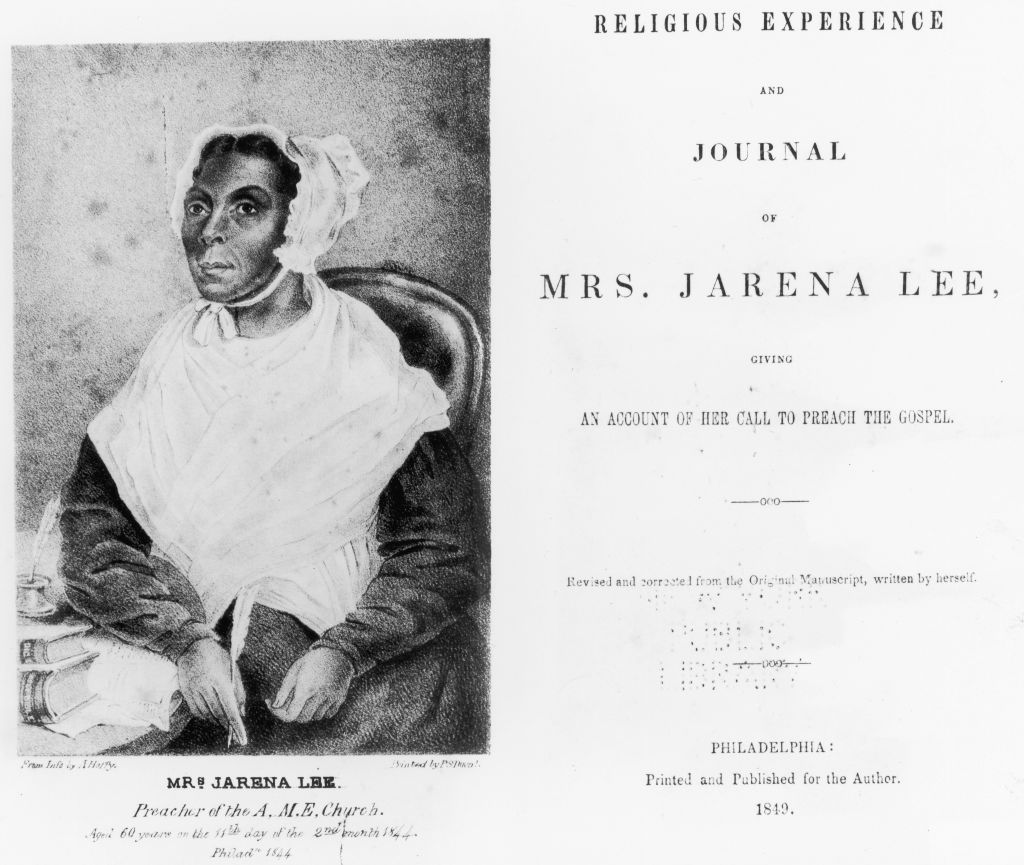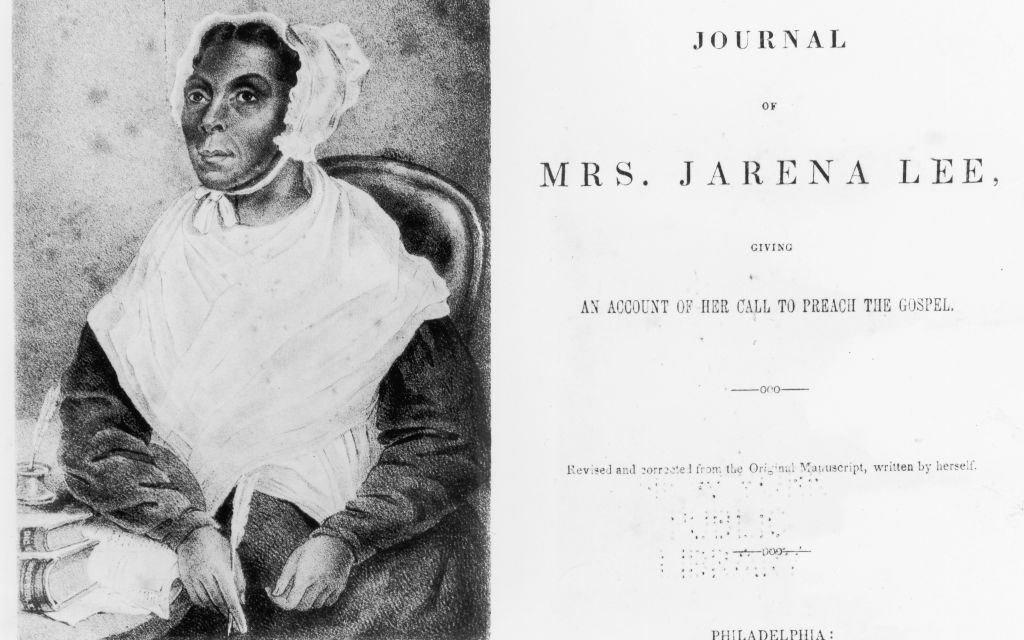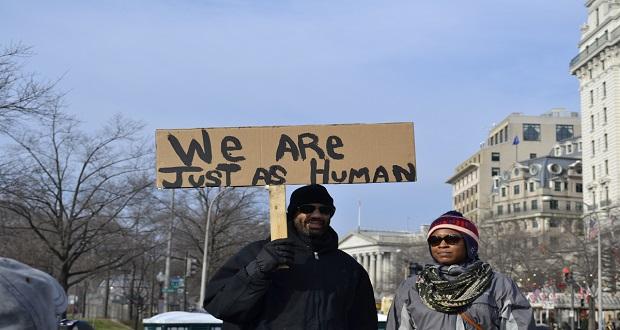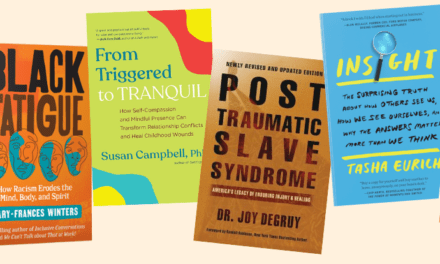
Yesterday, August 26, was Women’s Equality Day, commemorating the passage of the 19th Amendment to the U.S. Constitution, often cited as granting women the right to vote.
We cannot talk about the women’s suffrage movement if we don’t dig deeper into the history behind it and recognize that “women’s equality” did not historically mean all women. White suffragists worked with gender equality in mind, while Black suffragists had the added task of battling racism and discrimination. At times, the white suffrage movement even prevented Black women from being part of their events in order to maintain white southern women’s support.
We cannot talk about the women’s suffrage movement if we don’t dig deeper into the history behind it and recognize that 'women’s equality' did not historically mean all women. Share on XThe history of the suffrage movement that is commonly taught starts with the 1848 meeting in Seneca Falls, NY, which is often cited as the beginning of an empowering century for women. Though obviously many important events followed, the meeting in Seneca Falls was a local meeting of white women. As historian Martha S. Jones questions, “Where were Black women if they didn’t come to the Seneca Falls meeting?”
Black women were surely no strangers to fighting for equal rights, being pulled in one direction to battle racial discrimination and in another to gain gender equality. The year before the Seneca Falls meeting, they had already started organizing to fight for their rights in Philadelphia. Black women were just as committed to gaining political power and just as engaged in combatting sexism as other American women – they were just left out of the white women’s movement, and subsequently, most history books.
We champion leaders like Susan B. Anthony and Elizabeth Cady Stanton but don’t know about people like Maria Stewart, who delivered speeches on Black women’s equality in the 1830s when no woman dared to take a podium. Or Jarena Lee, the first female preacher of the African Methodist Episcopal Church of America who confronted sexism in her denomination in 1836. Or Frances Ellen Watkins Harper, a prominent Black orator who was one of the first to call out the suffrage movement’s lack of female solidarity across race, stating at the 1866 National Women’s Rights Convention, “You white women speak here of rights. I speak of wrongs.” Or Mary Church Terrel and Josephine St. Pierre Ruffin, who co-founded The National Association of Colored Women in 1896 to attain civil rights and women’s suffrage with the motto, “Lifting as we climb,” to honor their goal of uplifting the status of Black women.
There is so much history we fail to teach – so many stories, leaders, and courageous women left out of schoolbooks. We celebrate Women’s Equality Day by remembering the difficult journey of the women’s rights movement and honoring the achievements of women activists – but too often forget the many Black women who contributed and had so much more to lose by speaking up.
We celebrate Women’s Equality Day by remembering the difficult journey of the women’s rights movement and honoring the achievements of women activists – but too often forget the many Black women who contributed and had so much more… Share on XUse this day to educate yourself and others about the histories of women’s rights – including Black women’s unique struggles and successes. Inspire the next generation of girls and young women to engage in politics. Take a few minutes to check on your voter registration status, or register using vote.gov. Learn about the candidates and issues on your ballot, along with your local details and deadlines at vote411.org. On Women’s Equality Day, reflect on how far we have come and how far we have yet to go for true equality.



















